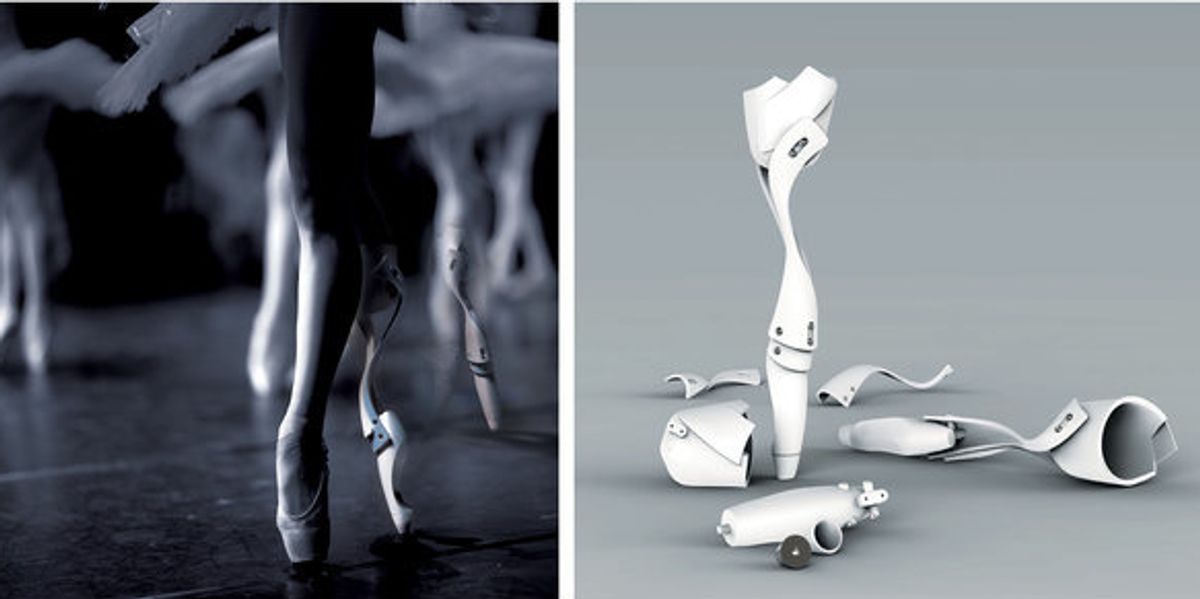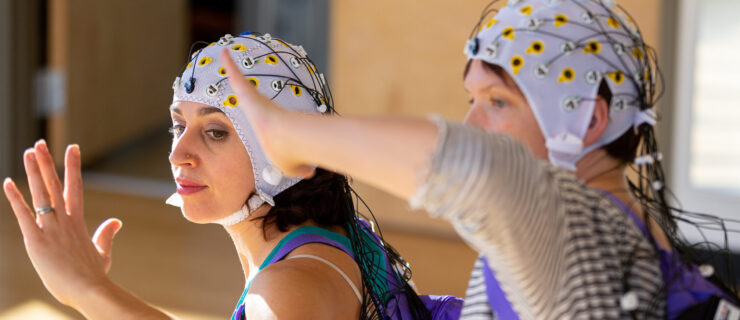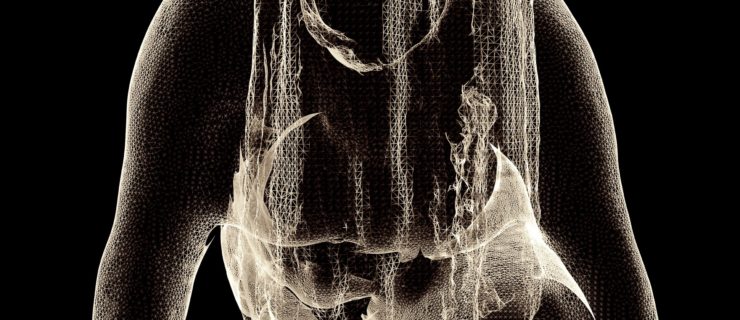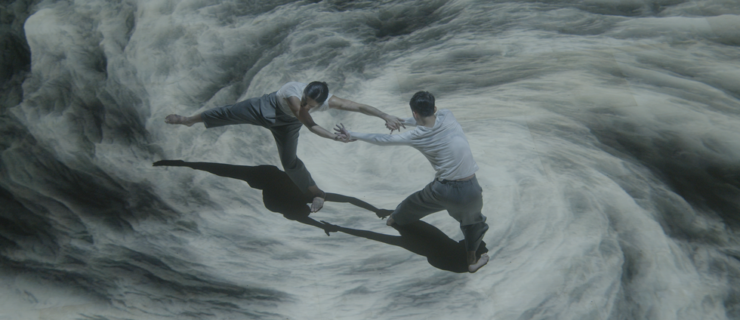There's a New Prosthesis Designed for Dancing on Pointe
There’s a new tool that lets amputee ballet dancers perform on pointe. As reported in Dezeen, an architecture and design magazine, industrial designer Jae-Hyun An has created a prosthesis he calls the “Marie . T” (after Marie Taglioni, of course) that allows dancers with below-the-knee amputations to do pointe work.
A carbon fiber calf absorbs shock while a stainless steel toe and rubber platform allow a dancer to both turn and grip the floor to maintain balance. What it doesn’t allow the dancer to do? Roll down to demi-pointe or flat.
An tells Dezeen that he wanted to “explore what would happen if you could allow a person to perform on pointe 100 percent of the time,” explaining that gravitational forces typically mean that a dancer eventually needs to come off of pointe to relieve pressure on the foot and ankle. Which is a fair point, though he doesn’t take into account how much losing the ability to come off pointe actually limits a dancer’s movement.
So it may not be a perfect solution, but it’s an intriguing step for amputees nonetheless. What’s even more promising is that An hopes to continue developing the product with the assistance of an amputee dancer who can tell him what they actually need.
His invention isn’t the only new option recently developed for dancers. Earlier this year, inventor and engineer Yusuf Mohammed created a mechanical limb that would allow an amputee to point her foot at the touch of a button. Watch how it works:
This Ballerina’s Amputation Didn’t Throw Her Off Balance
www.youtube.com
And in 2016, Brazilian prosthetic specialist Dr. José André Carvalho developed a special pointe foot that can carry a dancer’s weight. However, similar to An’s design, it remains in the extended position.
We can only hope that more amputees who want to dance can find prosthetics companies willing to work with them to craft new tools that help them do what they love—dance.





